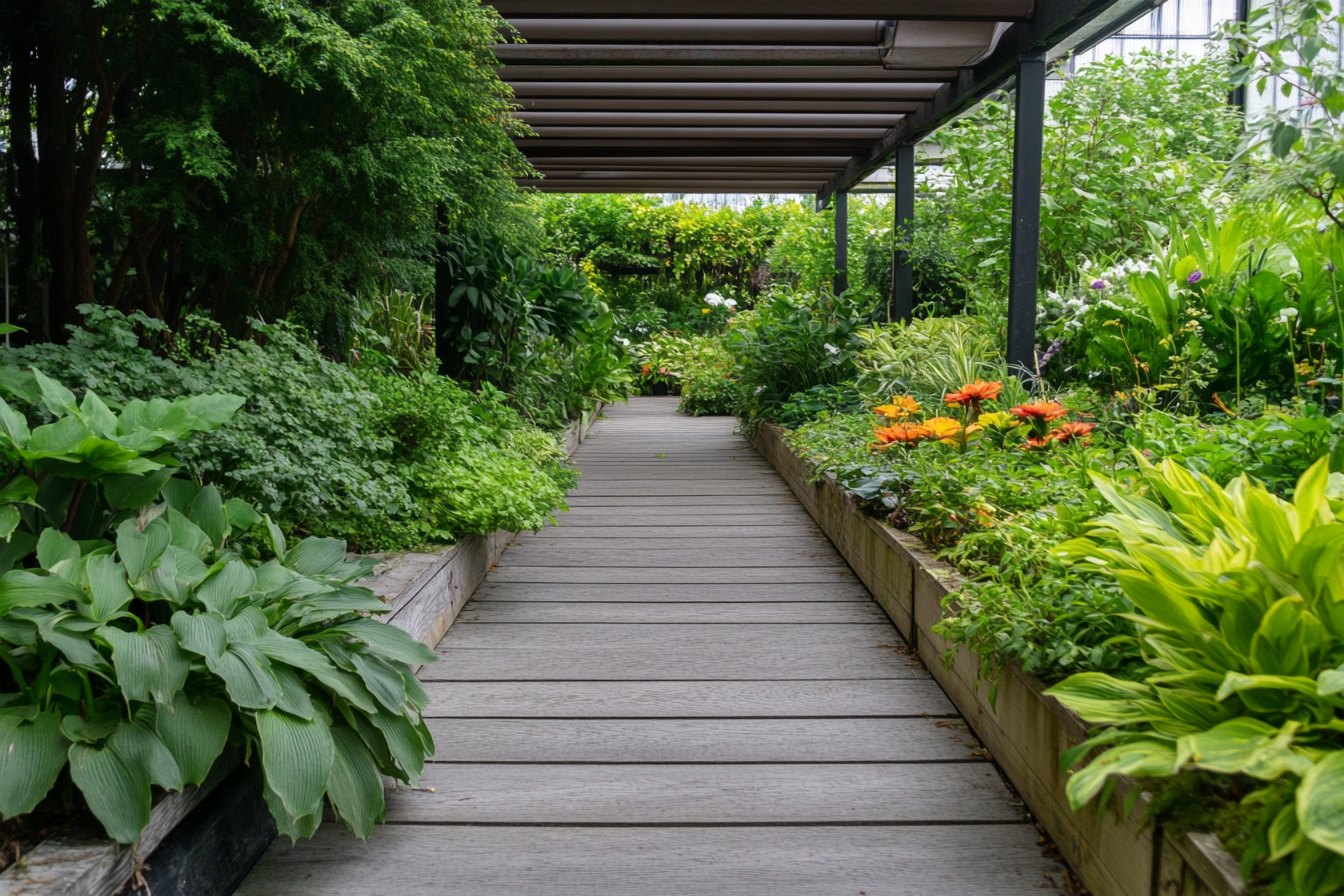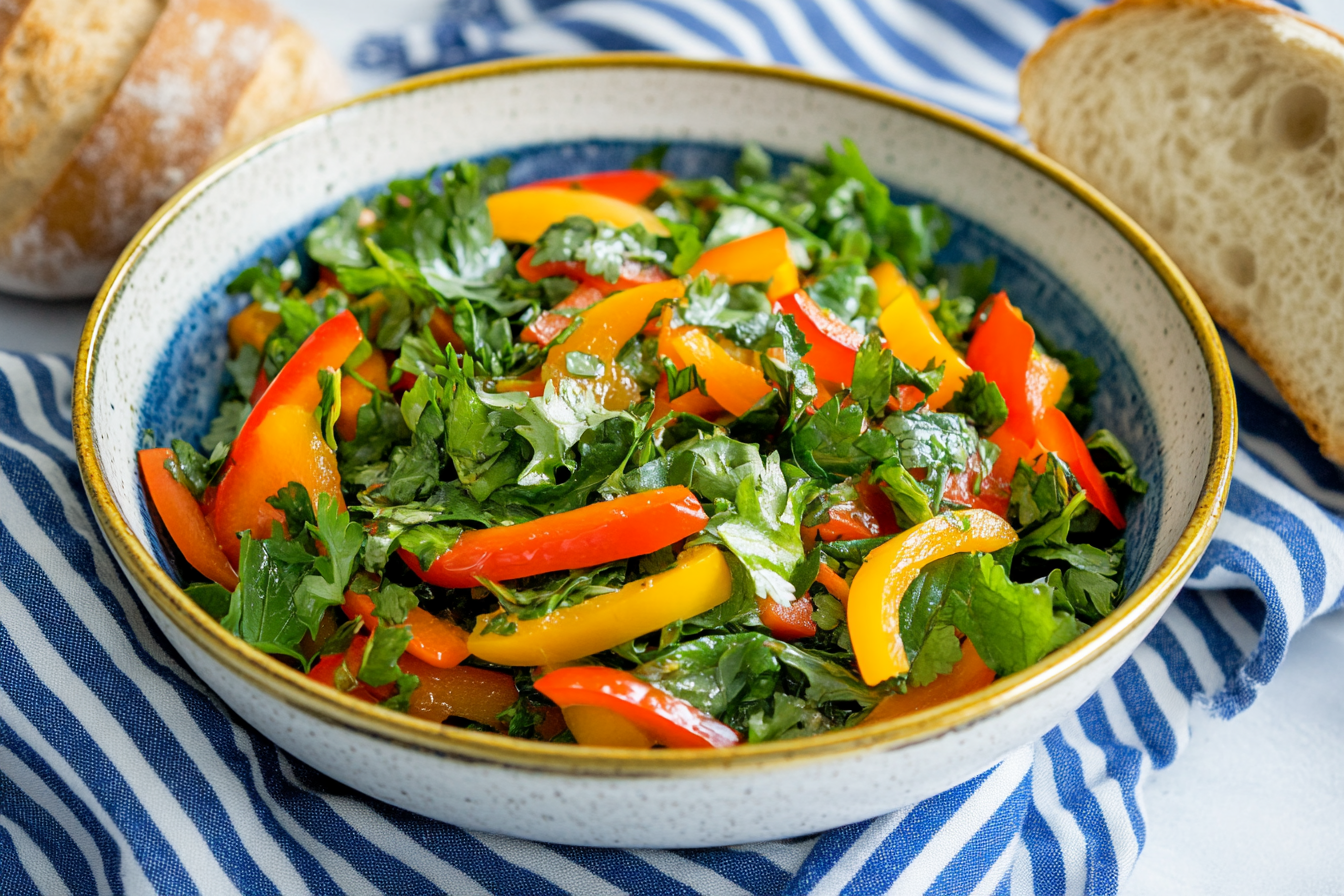From Challenges to Comfort: Palliative Care for Dementia Patients
Practical ways palliative care makes life more comfortable for dementia patients, addressing their physical and emotional needs with care.
Discover how Blue Zones—regions known for extraordinary longevity—may offer insights into preventing Alzheimer’s and preserving cognitive health through diet, purpose, and lifestyle habits.

Somewhere in Sardinia, Italy, a shepherd in his late nineties is walking a mountain trail. He’s carrying a basket of pecorino cheese for his grandchildren, and his knees still feel strong. Thousands of miles away, in Okinawa, Japan, a woman in her eighties is harvesting sweet potatoes from her family farm. Her memory is sharp, and she recalls the stories her grandmother told her decades ago. These aren’t isolated scenes—they’re part of a larger mystery: why do the people in certain parts of the world, known as Blue Zones, live not just longer but also healthier lives, often with their cognitive abilities intact?
In today's world where Alzheimer’s is easily one of the most feared disease of aging, these communities challenge the grim statistics. Blue Zones offer more than longevity; they hint at how we might protect our brains from the steady erosion of memory, language, and identity. The question is, can their way of life work for the rest of us?

The term “Blue Zones” comes from researcher Dan Buettner and his team, who mapped five regions with extraordinary longevity: Sardinia, Italy; Okinawa, Japan; Nicoya Peninsula, Costa Rica; Ikaria, Greece; and Loma Linda, California. These places aren’t just about long lifespans; their residents often avoid the chronic diseases—heart disease, diabetes, and, yes, Alzheimer’s—that plague much of the developed world.
While each region has its quirks (the Seventh-day Adventists of Loma Linda famously avoid caffeine, while Sardinians enjoy red wine daily), there are striking commonalities. These similarities, researchers believe, hold the key to not only living longer but staying mentally sharp.

At the core of every Blue Zone diet is a simple idea: eat real food, and let it work for you. There are no magic tricks, no superfood obsessions, and no calorie-counting apps. It’s not about eating less, but eating smarter. Meals are built around foods that come from the ground, the garden, or the sea—ingredients that our grandparents would recognize. This simplicity isn’t just refreshing; it’s powerful. By sticking to what’s natural and nutrient-rich, these diets do more than keep you full. They seem to keep the brain running smoothly, too.
The process is surprisingly unremarkable in its brilliance. Foods are prepared in ways that preserve what makes them good in the first place. Vegetables might be steamed or lightly sautéed. Grains are whole, not processed into something unrecognizable. Flavors come from herbs and spices rather than sugary sauces or artificial seasonings. This straightforward approach does something crucial: it keeps the nutrients intact, the ones that protect the brain from wear and tear over the years.
Another striking element is how these diets avoid what doesn’t belong. There’s no junk food sneaking into their kitchens. You won’t find shelves packed with chips, sugary drinks, or heavily processed snacks. Instead, the focus is on what’s fresh, what’s wholesome, and what actually supports the body. This absence might seem obvious, but it makes a huge difference. Cutting out the refined sugars and trans fats that dominate so much of modern eating means the brain isn’t constantly fighting off inflammation or struggling to process unhelpful fuel.
The cornerstone of the Okinawan diet isn’t rice but sweet potatoes. These vibrant, orange-fleshed tubers are rich in beta-carotene, which the body converts into Vitamin A—an antioxidant that protects neurons. Okinawans also eat tofu, seaweed, and bitter melon, foods low in calories but high in micronutrients.
Sardinians drizzle their meals with olive oil, a monounsaturated fat linked to lower inflammation and better cognitive health. Pecorino cheese, made from grass-fed sheep’s milk, is rich in omega-3 fatty acids, which are essential for brain function. Add red wine and a steady stream of whole grains, and you have a diet that supports cardiovascular and brain health alike.
In Ikaria, residents forage for wild greens with names most of us can’t pronounce—like “horta”—which are packed with antioxidants. Herbal teas, infused with rosemary and sage, are daily rituals. These herbs have been shown to support memory and reduce the buildup of amyloid plaques in the brain, a hallmark of Alzheimer’s.
Across Blue Zones, beans are a common denominator. Lentils, chickpeas, and black beans provide protein without the saturated fat of red meat, while their high fiber content supports gut health—a surprising but increasingly important factor in brain health.

If you dig into the science, you’ll find that Alzheimer’s has more in common with heart disease than most people realize. Both are influenced by inflammation, oxidative stress, and the health of blood vessels. This is where the Blue Zone diets shine.
These diets are naturally anti-inflammatory. Olive oil, fatty fish, and nuts provide healthy fats that protect the brain. Vegetables, fruits, and herbs are loaded with antioxidants, which fight the cellular damage that contributes to cognitive decline. Whole grains and beans stabilize blood sugar, preventing spikes that can impair brain function over time.
What’s more, these communities avoid the foods that damage the brain: refined sugars, trans fats, and excessive red meat. In a typical Blue Zone kitchen, you won’t find sodas or packaged snacks. Their absence may be as important as what’s on the plate.
But here’s where things get interesting: the people in Blue Zones don’t just eat well. They live in ways that seem to directly nurture their brains, as though their lifestyles are designed to fortify cognitive health without anyone explicitly planning it that way. These habits go far beyond simple dietary choices, they permeate every choice they make.
Consider stress, one of the greatest threats to brain health. In much of the modern world, stress is treated like an unavoidable byproduct of productivity, something to be managed but never fully escaped. In Blue Zones, the pace of life tells a different story. Stress is a visitor, not a constant companion. Sardinians take time to laugh with friends over a meal. Okinawans pause to remember their ancestors and express gratitude before they eat. In Ikaria, naps are not indulgences but necessities, as much a part of the day as their morning coffee or evening walks.
In Nicoya, Costa Rica, the phrase “plan de vida” translates to “reason for living.” In Okinawa, it’s called “ikigai.” Whatever the name, the concept is the same: having a clear purpose keeps the mind engaged. People with Alzheimer’s often lose their sense of purpose as their memories fade, but in Blue Zones, purpose is woven into daily life—from tending a garden to caring for grandchildren.
Equally compelling is their relationship with stress—or rather, their mastery over it. Blue Zone communities practice subtle yet effective rituals to unwind. Ikarians sip herbal teas made from sage and rosemary, plants known to improve memory. Okinawans pause to reflect with gratitude during social gatherings, fostering mindfulness. Sardinians laugh together over meals, letting humor soften life’s edges. These small but deliberate practices buffer their brains against the harmful effects of cortisol, a stress hormone that can impair memory and damage brain cells over time.

Another striking feature of their lives is movement—not the kind we chase after with gym memberships or high-tech fitness trackers, but something far more organic. For the people in Blue Zones, activity isn’t a chore or a New Year’s resolution. It’s just life. They don’t carve out 30 minutes to run on a treadmill; they carve out gardens, repair fences, climb hills, and walk to visit friends. Their bodies are always in motion because their daily routines demand it, not because they’ve scheduled it.
What’s remarkable is how this natural movement ties directly to brain health. Every step they take—whether carrying firewood, herding sheep, or pulling weeds—is doing a small part to keep them healthier. It keeps their blood flowing steadily, delivering oxygen and nutrients to brain cells, keeping them sharp and alert. Scientists call this the brain's "housekeeping system," and in Blue Zones, it’s constantly at work.
This type of movement is different from what most of us think of as exercise. It’s not about intensity or breaking records. Instead, it’s steady, consistent, and purposeful. It’s the kind of physical activity that builds endurance without exhaustion, strength without strain. And unlike modern fitness regimens, it’s woven into something meaningful—whether it’s growing food, caring for animals, or just getting from one place to another. Movement in Blue Zones is as much about function as it is about fitness.
Another fascinating element is the social nature of their activity. A walk isn’t just a way to stretch their legs; it’s a way to spend time with neighbors or family. A chore like gathering herbs or tending a garden becomes an opportunity to connect with others, adding a layer of mental and emotional engagement that amplifies the benefits.
This isn’t about weekend warriors cramming in a workout after sitting for hours. In Blue Zones, movement happens throughout the day in small, manageable bursts. There’s no burnout or overdoing it because the activity is spread out—watering a garden in the morning, walking to a market in the afternoon, chopping wood before dinner. This rhythm keeps their bodies in motion and their minds sharp, without the peaks and valleys of sedentary desk jobs punctuated by occasional intense exercise.
Even more surprising? The cumulative effect of these simple movements often outpaces the impact of more intense workouts. It’s not about how hard they push themselves but how consistently they stay active. Their muscles stay strong, their joints remain flexible, and their balance holds steady—all critical factors in preventing falls and staying independent as they age.
What this shows is that physical activity doesn’t have to look like a workout to be effective. It doesn’t need a schedule or a strategy. It just needs to happen, naturally and often. For the people in Blue Zones, this is second nature—a way of living that keeps their bodies fit, their minds clear, and their lives rich with purpose. It’s a reminder that sometimes, the most powerful health strategies are the ones that don’t feel like strategies at all.

The good news is that you don’t need to live in Ikaria or Sardinia to adopt their habits. Start small:
In the West, we often treat Alzheimer’s as an inevitability, a tragic end we hope to delay but rarely prevent. Blue Zones flip that narrative. Their lifestyles suggest that brain health isn’t just about avoiding disease—it’s about actively building resilience through diet, connection, and purpose.
The lesson here isn’t about perfection. It’s about consistency. Day by day, meal by meal, the people of Blue Zones make choices that nourish both body and mind. And those choices add up—not just to longer lives, but to sharper, more fulfilling ones.
Alzheimer’s is a formidable opponent, but the evidence from Blue Zones is clear: it’s not unbeatable. With the right habits, the mind can stay as strong and vibrant as the life it reflects.